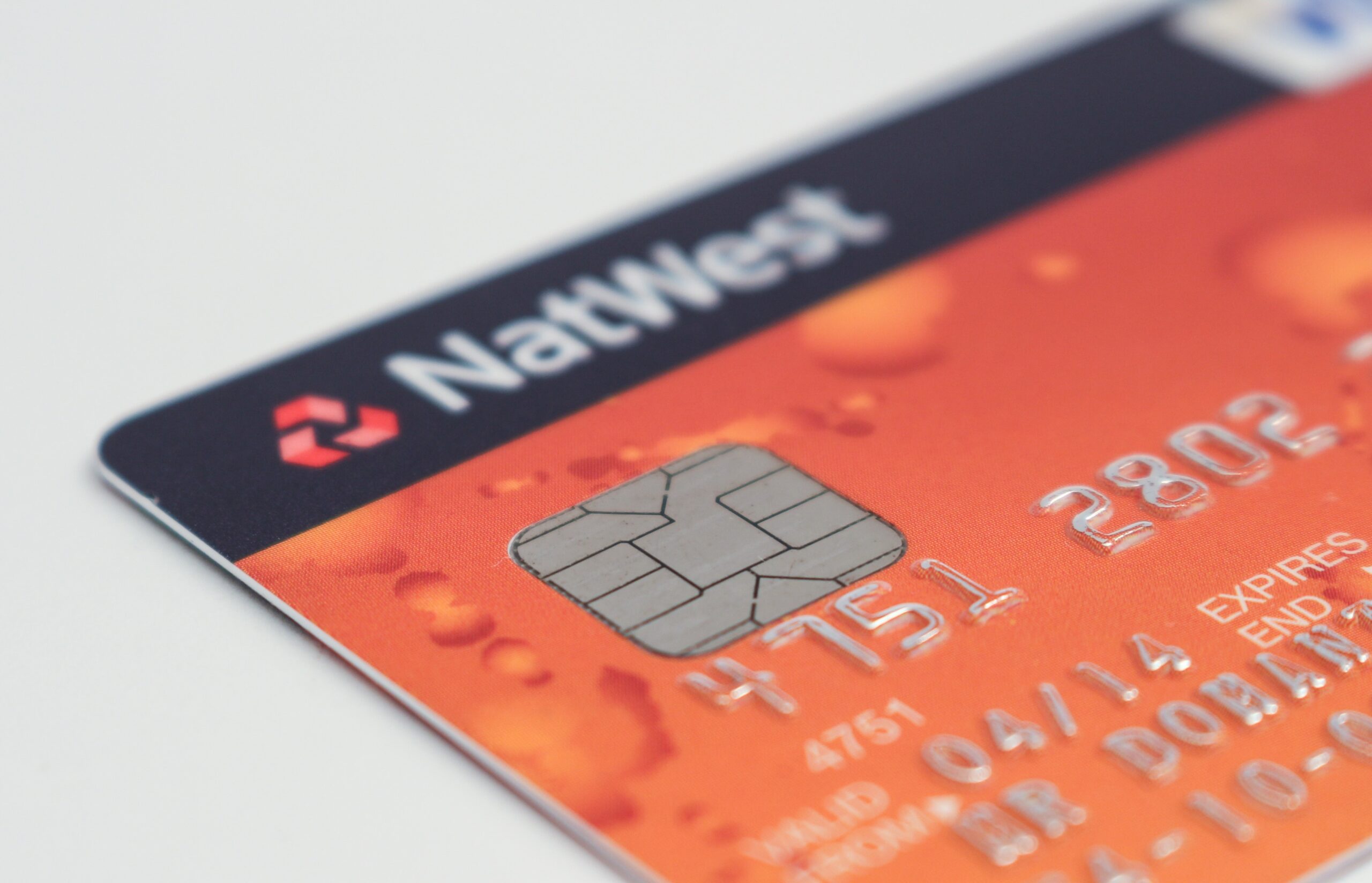Pensions are one of the most important financial investments you will make in your life. A good pension allows you to retire in comfort and dignity. There are several types of pension schemes.
I will outline what a pension plan is. Furthermore, I will examine the advantages of a pension and the consequences of not having one. I’ll also highlight 3 types of pension plan and tax advantages offered by pensions.
This contains affiliate links to products. I may receive a commission for purchases made through these links. However, this does not impact my reviews and comparisons. I only suggest products I use.
What are Pensions?
A pension is a financial product that is used to create an income in your future.
It is a pot of money that is invested throughout a person’s working life. Once they reach retirement age, they can withdraw small amounts in order to cover their living expenses.
You are allowed to contribute a maximum of £40,000 per year. This is called an annual allowance. If you pay more than £40,000, then you will be penalised by losing your tax relief or receiving an annual allowance charge.
Advantages of Pensions
The most important thing a pension gives you is options. If you have enough money in your pension, you have the option of retiring with dignity.
In old age, people encounter health difficulties. Having money set aside can allow you to afford the cost of healthcare.
Moreover, enrolling in a pension plan allows you to benefit from free money. The free money comes from 3 different sources. The first is from your employer, because of the contribution they make on your behalf.
Secondary is through tax relief. Thirdly, free money comes from Compound Interest. Compound interest is interest that is gained on top of interest. The compound interest will provide a big boost to your money.
A pension is also a guaranteed source of passive income. This means you can relax and enjoy yourself, whilst your money comes in every month.
Consequences of NOT having a Pension
If you don’t save enough for retirement, there can be disasterous consequences.
The most disastrous consequence is that you may have to keep working until you die. This robs you of the dignity and the true meaning of retirement.
Another consequence is that you leave your family with a financial burden. They may have to provide care for you if you are unable to afford it. Obtaining life insurance can counteract this.
You may not be able to leave a meaningful amount of wealth for them when you die and you may leave them with large debts instead.
Your home may have to be sold and you may have to move somewhere smaller in order to afford the cost of living.
Women and Retirement
Women are more likely to struggle financially in retirement. This is because they are more likely to have lower paid jobs due to the gender pay gap. Conversely, some women choose to be stay-at-home parents or spouses.
Furthermore, some stop work when they have children. When they return to the workforce, they are more likely to work part-time.
This results in them making less, little or no contributions to their pension pots. The result can be financial difficulties in later life.
Women also live for an average of 20 years after retirement age. This is a very long time. Some women do not have enough money to sustain them for that long.
Women need to ensure they are financially independent from a young age to safeguard against financial struggles in old age.
3 Types of Pension Plans
1. Workplace Pension
The most familiar is the workplace pension. Here, an employer and employee both contribute to a pension plan.
From 2019, the UK Government requires employers to contribute a minimum of 3% of an employee’s earnings into a pension scheme. The government also requires that a person has a 8% total contribution rate. The 8% also includes the employers’ contribution and the tax relief.
It is mandatory for employers to enroll all qualifying employees into a pension scheme. A person can be enrolled if they meet the following criteria:
- Not already in a workplace pension
- Aged 22 or over
- Under State Pension age
- Earning more than £10,000 a year
- Working in the UK
It’s your responsibility to decide the percentage to contribute. Furthermore, try not to opt out of your pension scheme. If you opt out, you will miss out on thousands of pounds worth of tax-free money.
2. Self Invested Personal Pension (SIPP)
A SIPP is a pension plan that an individual can create for themselves.
People choose SIPPs because of the freedom and flexibility they offer. Freedom to choose where their money is invested. This flexibility often isn’t available with workplace pensions.
People are also drawn to them because they allow you to invest in diverse assets such as stocks, bonds, property and commodities.
Those who have SIPPs tend to be more confident in making their own investment decisions.
They are also more likely to be self-employed or have a large existing pension. Some have several pensions and consolidating it into a SIPP is a better way of managing their pension.
You can access a SIPP from the age of 55.
3. State Pensions
A state pension is one that is provided by the UK Government. It was designed to support citizens in old age.
In order to qualify for a state pension, you need to have made National Insurance contributions for a minimum of 10 years.
To get the maximum amount of money, you need to make National Insurance payments for 35 years. Otherwise, you receive an amount that’s proportional to the amount of years you have contributed.
In 2021-22, the full level of the new state pension is £179.60 a week (£9,339 a year).
You can claim your state pension at the age of 66. This is set to rise to 67 in 2026 and eventually 68 between 2044 and 2046.
If you want to take control of your pensions or you don’t have a pension pot yet, you can create one using Pensionbee. I use Pensionbee, alongside my work (NHS) pension. I love having the benefit of my employer’s contributions as well as having some control over where my pension is invested.
Pensions and Tax
The UK government rewards people that are enrolled into a pension scheme. This reward happens through tax relief. There are several types of tax relief on pension schemes. Here are 2:
1. Source Tax Relief
With this, your pension is deducted after you pay income tax (net pay). Following this, your pension provider then claims tax relief from the government.
The amount of tax relief you get depends on the rate of tax you pay. For example:
- Basic-rate taxpayers get 20% pension tax relief
- Higher-rate taxpayers can claim 40% pension tax relief
- Additional-rate taxpayers can claim 45% pension tax relief
*Please note that this only applies to England and Wales. Scotland’s pension tax relief is structured differently.
2. Net Pay Relief
With a net pay tax relief arrangement, your pension contribution is deducted before tax (net pay). As a result, you pay less income tax and your take-home pay is higher. The tax relief comes from paying a smaller amount of tax than you otherwise would pay.
Final Thoughts
The amount of money that is given in a state pension is poor. £179 per week is not enough money for someone to have a decent quality of life.
Furthermore, the money will be worth even less as a result of inflation, which is where the value of a currency decrerases over time. You simply cannot rely on a state pension.
Conclusion
There are several types of pension schemes that you can enrol in. They all have pros and cons. An advantage of having a good pension is that you can enjoy your later life. There are disastrous consequences to not having a pension, such as having to work until old age. Women are more likely to have lower pensions.
Overall, you cannot rely on a state pension, so you need to consider a scheme that will give you the most amount of money at retirement.
Are you enrolled in a pension scheme? Have you started thinking about retirement? Let me know.


